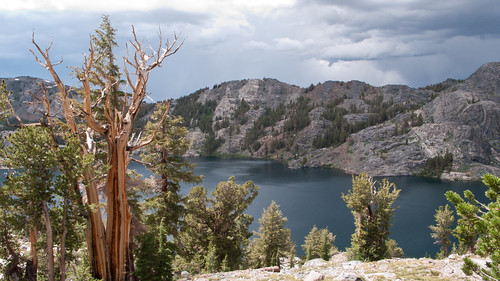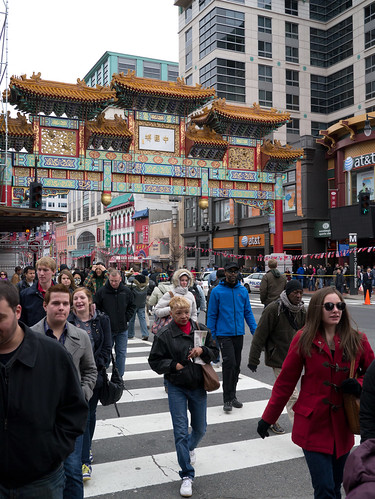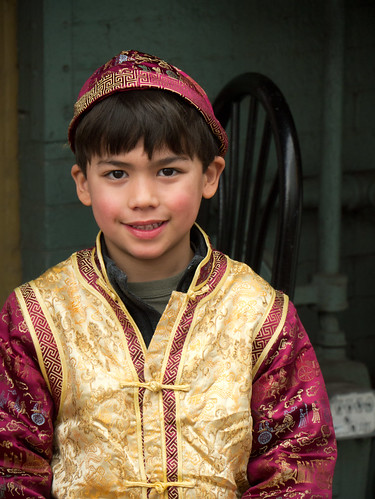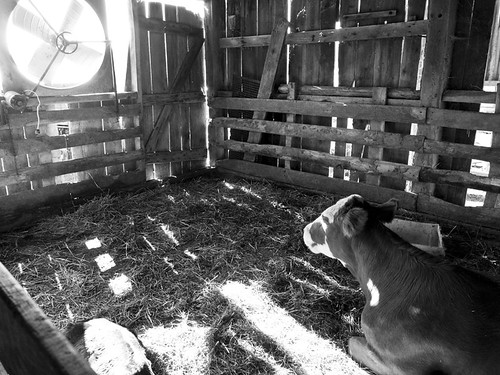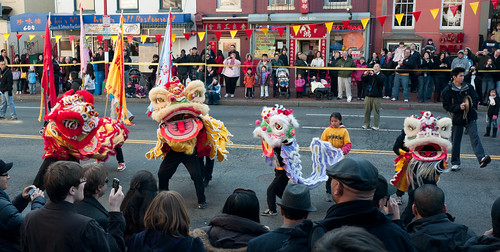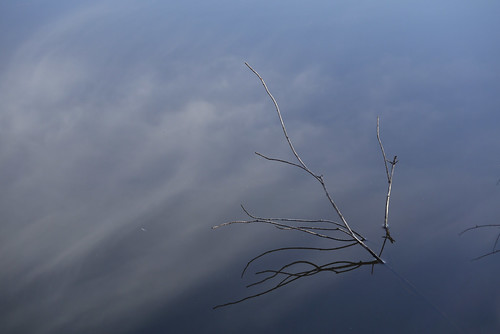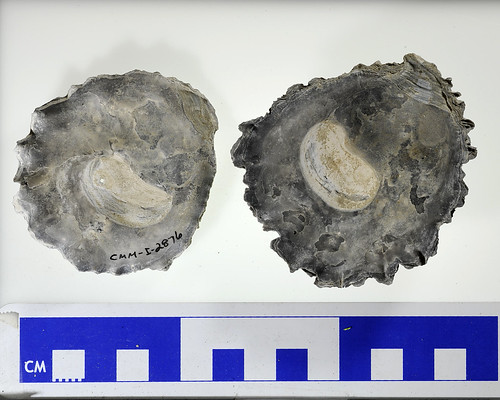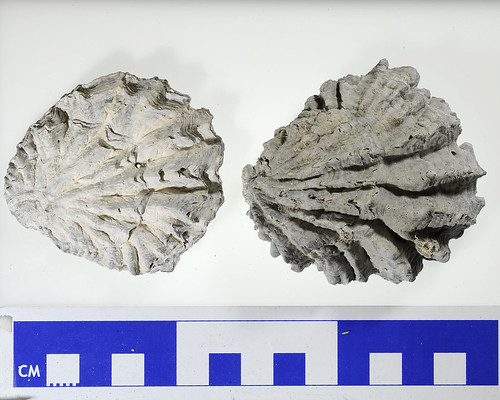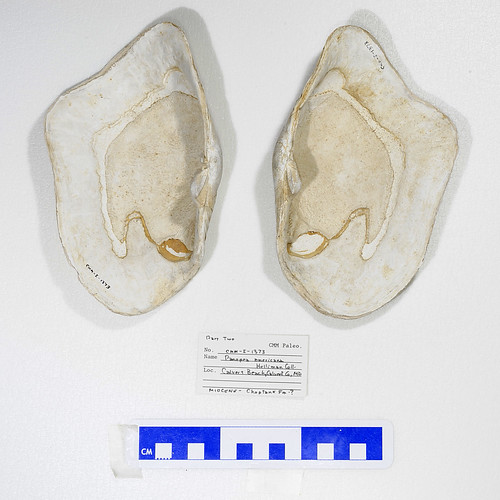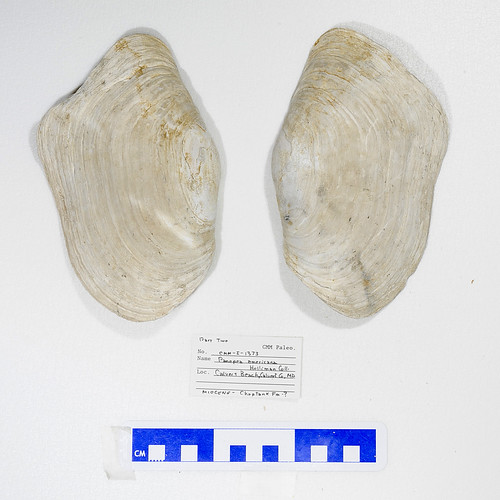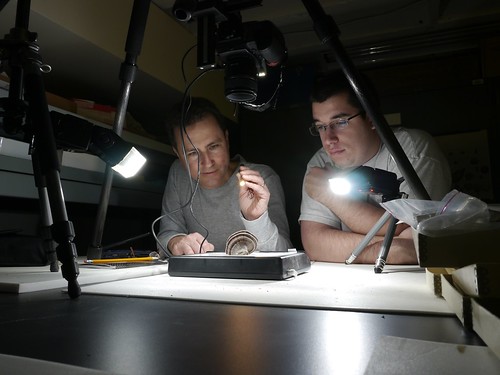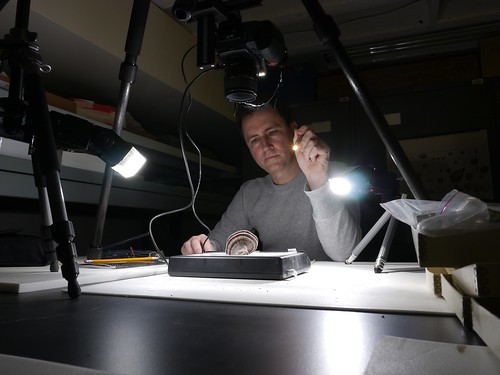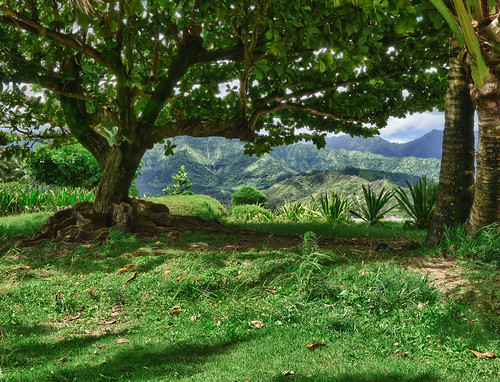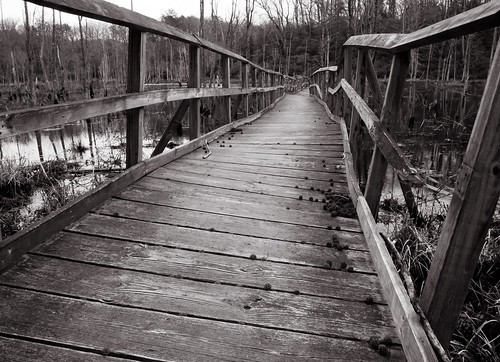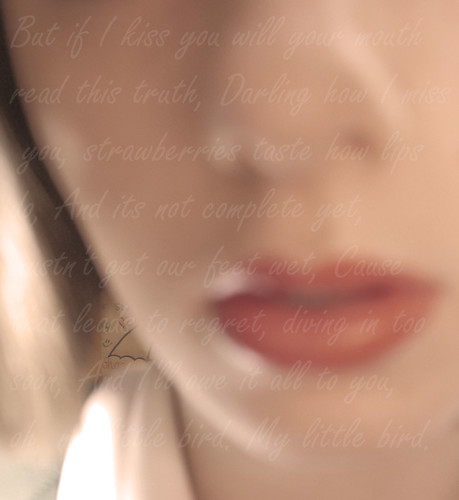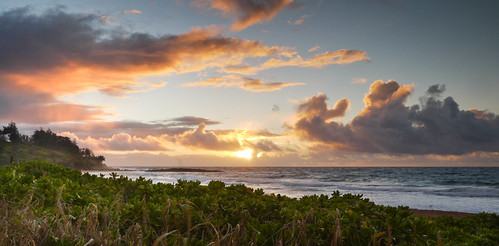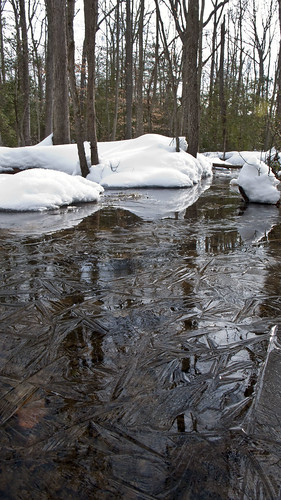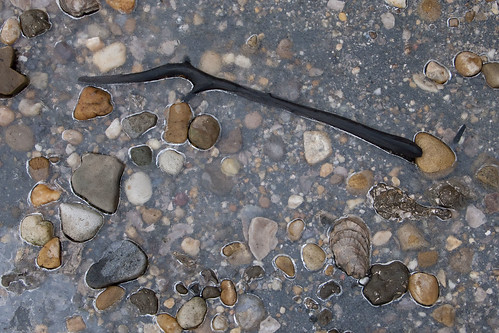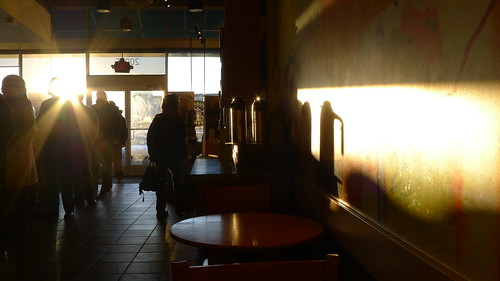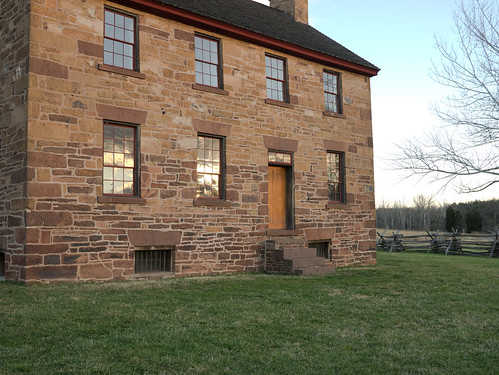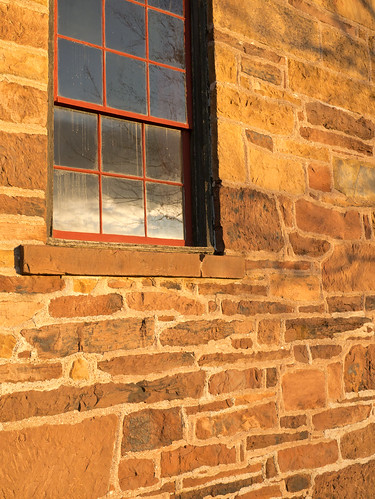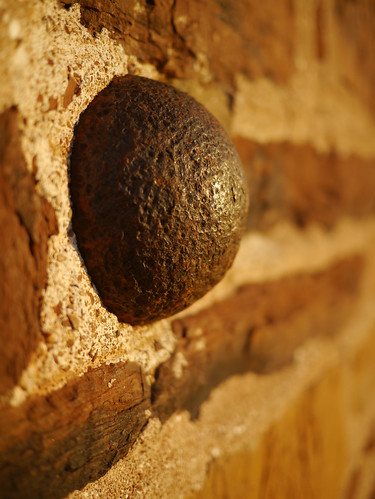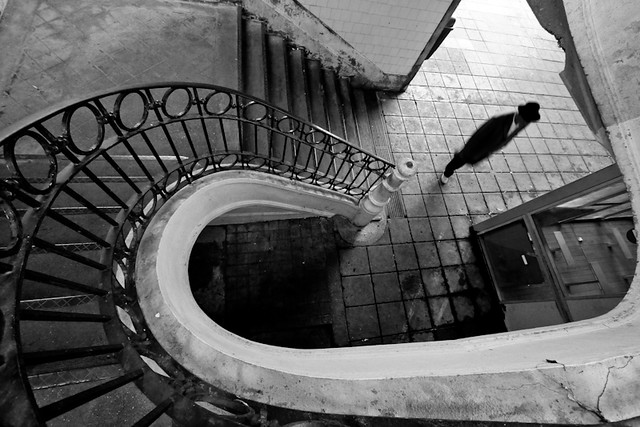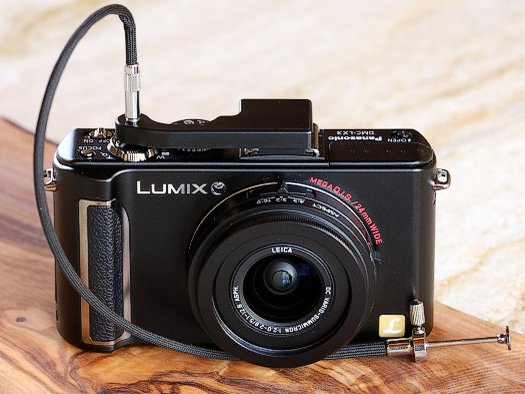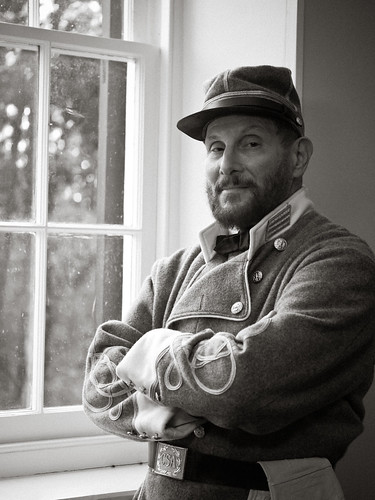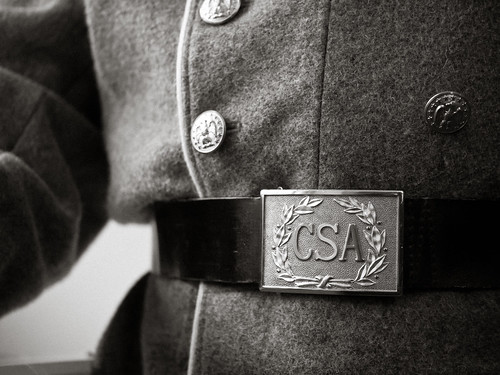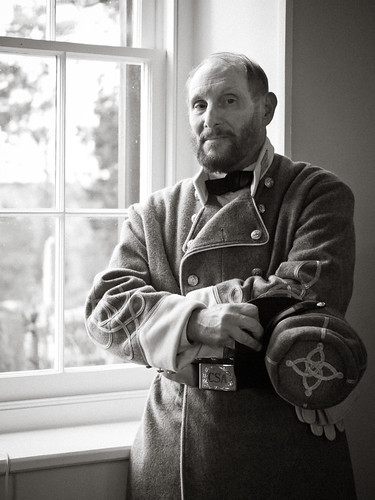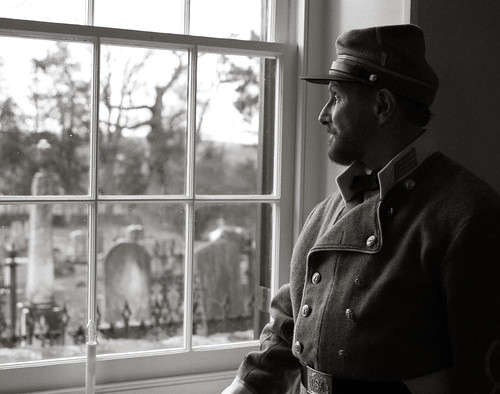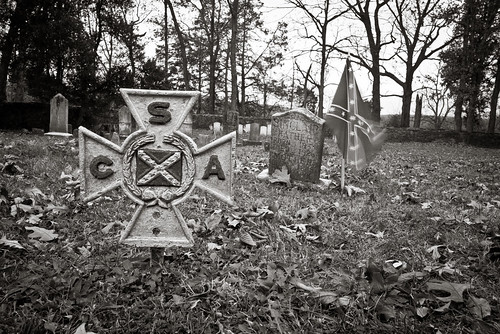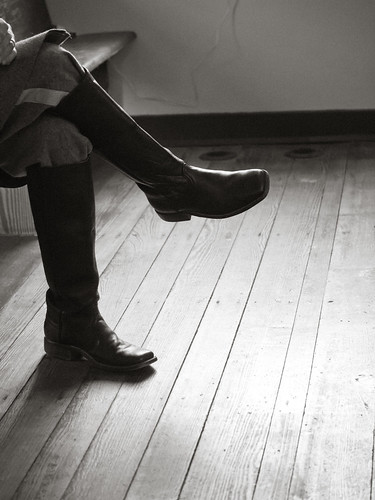
DMC-365 focuses on creative photography equipment, techniques, and approaches. I believe that equipment is part of the creative process. I use Leica, Panasonic Lumix, Nikon and other cameras, both digital and film. On DMC-365, you can expect to see a lot of my own work, as well as work by others that I find interesting. I share methods, equipment developments, and creative approaches to photography.
Tuesday, January 31, 2012
The Trend Continues! - New Rugged Lumix DMC-TS4 Announced

Tiny Sensors and Landscapes - Seems Like a Bad Combination
Monday, January 30, 2012
Chinese New Year - Year of the Dragon
If you are interested in the DMC-G3, which I used for this post, please support me by clicking this link to Amazon!
One of My Images That Sticks in My Mind
Sunday, January 29, 2012
A Little Humor - Digital Review Looks at the Lumix DMC-LX5
Saturday, January 28, 2012
Surf Photography With Compact Cameras?
Where Are My Zeiss Lenses For Micro 4/3?
Friday, January 27, 2012
Real Inspiration for Chinese New Year Photography

Lunar New Year and the Color Red
Thursday, January 26, 2012
Winter's Dream - One of My Shots
Beautiful Post of Wide Angle HDR Images
Wednesday, January 25, 2012
Results From New Lumix 45-175mm f4-5.6 Starting to Appear
Tuesday, January 24, 2012
Lumix DMC-G3 Visits Croatia!
Monday, January 23, 2012
A Couple of Examples From the Fossil Shoot
Photographing Fossils for the Calvert Marine Museum
Sunday, January 22, 2012
Lumix DMC-GH2 Sails Tasmania!
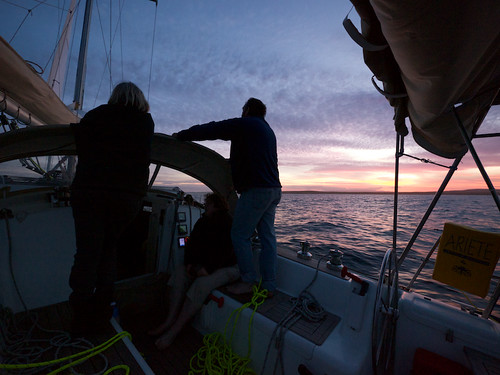
Saturday, January 21, 2012
I Admit It, I like HDR
Friday, January 20, 2012
Well, Some Good News From Kodak?
New Firmware Announced For Lumix DMC-GX1 and 100-300mm f4-5.6
The Crooked Mile - One of My Shots
Featured Lumix Photograph from "and the bird took flight..." on flickr
Thursday, January 19, 2012
A Sad Day For Photography -Kodak Files For Bankruptcy
 about you, but my first camera was a Kodak 126 Instamatic, loaded up with cartridge film. I still remember my mom saying that I was just wasting film, taking pictures of cars going down our street. Most of the only photos I have of family members who have passed are on Kodak film and paper. I learned to develop and print with Kodak film, paper, Dektol, and D76. I, for one, will miss Kodak.
about you, but my first camera was a Kodak 126 Instamatic, loaded up with cartridge film. I still remember my mom saying that I was just wasting film, taking pictures of cars going down our street. Most of the only photos I have of family members who have passed are on Kodak film and paper. I learned to develop and print with Kodak film, paper, Dektol, and D76. I, for one, will miss Kodak.Wish I was There Now...
Ice Photography
Wednesday, January 18, 2012
Blogger's Morning
Super DMC-G3 User Tips Thread on dpreview.com
Tuesday, January 17, 2012
Old Stone House at Manassas National Battlefield
Sunrise at the Old Stone House, Manassas National Battlefield, Virginia
Lumix DMC-G3, 20mm f1.7 lens, iso 400 f6.3, 1/125 sec
Closeup of Window, Old Stone House, Manassas National Battlefield, Virginia
Lumix DMC-G3, 20mm f1.7 lens, iso 400 f6.3, 1/320 sec
There were two major battles here, approximately one year apart (1861-1862). They are referred to as First and Second Manassas by the South, or First and Second Bull Run by the North, who preferred to call battles by the names of nearby rivers.
The Old Stone House was a battlefield hospital in both battles, and sustained significant damage in the war. There are inscriptions in some of the walls, written by wounded soldiers.
Even though I have visited this site many times, on this visit I discovered something new - a cannonball embedded in the exterior brick wall.
Cannonball placed in exterior wall of the Old Stone House
Lumix DMC-G3, 20mm f1.7 lens, iso 160 f1.7, 1/2500 sec
Apparently, when the house was rebuilt at some point after the war, perhaps after 1912, the cannonball was placed in the wall where it actually sustained a hit during the battle.
Here is an HDR shot of the interior, through a rear window:
DMC-365.blogspot.com
Monday, January 16, 2012
Learning From Our Past
Learning From Our Past
I took this picture a few years ago. While it was not taken with a Lumix camera (Nikon D200), I felt it was woth posting today, in memory of Dr. King.
We can all learn something from that man.
DMC-365.blogspot.com
I May Have to Look at a Wider Angle Micro 4/3 Lens
Sunday, January 15, 2012
What Can I Do To Get Sharp Images With A Compact Camera?
Okay, so you've been watching how the capability of very compact cameras has been increasing quickly, blurring the lines between compact and SLR, amateur and "pro" equipment. These changes are real. For example, the Lumix DMC-LX5 has many features and image quality previously restricted to more expensive (and heavier, larger) cameras.
But, the compactness and lightness of these new models is both blessing and curse. Okay, mostly blessing, speaking as someone whose back has suffered from 40 lb camera bags. One drawback is that the new cameras are so small, it's very difficult to hold them still during exposure, which is necessary to avoid blurring of the image when using slower shutter speeds. Also, using an LCD display to frame your shot, with your arms extended, puts you in a less stable position to begin with. So, how do you eliminate your own motion during shooting and get those sharp images you want?
In a lively forum entry on dpreview.com, user Rick880 asked this very question. Here is a link (click here), but I will save you some reading time by summarizing the ideas for you:
First off - the old standard - a good tripod and cable release. The small camera blessing applies here, as you can get away with a very compact tripod, with so little weight to stabilize. Cable releases are available for some models, but not all. In the case of the DMC-LX5, Richard Franiec's website (click here) offers this nice adapter that uses a standard screw-in cable release. You can order the product directly via email/Paypal.
Photo source: http://www.kleptography.com/rf/lx3_04.jpg
But, a even a small tripod may be more than you want to carry.
A second approach is to use something - the neck strap, a string or chain connected to the camera, usually through the tripod mount on the bottom of the camera, and pull it tight while you've got the camera in shooting position. This lends some stiffness to your body and arms, which can significantly reduce motion. Here's an example of a homemade version from instructables.com:
"String Tripod"
Image Source: http://www.instructables.com
/image/F1N2WJVF0ZSTF17/String-Tripod.jpg
A third method is to use the camera's internal timer to trigger the shutter. This removes the tendency to move the camera when pushing down on the shutter release with your finger. However, it requires a subject that will wait a few seconds for your timer to go off, without missing the shot.
Fourth, most new compacts have a "burst" mode, where they will take multiple images in rapid succession. If you take several pictures, you can usually find one that's very sharp. This has the same disadvantage, in that it's only useful if your subject is holding still.
Finally, some advanced compacts, the DMC-LX5 included, have optional viewfinders (the LVF1 in the case of the LX5). This may be the best way to avoid that "arm's length" motion, by bringing the camera back to your eye, which is where it belongs in my opinion. You are much more stable in this position than with your arms extended, camera at the far end.
I hope you find these tips helpful. These little cameras really are amazing - don't let their small size be a disadvantage!
DMC-365.blogspot.com
Saturday, January 14, 2012
The Great Train Raid of 1861 - American Civil War
I am working on a photography project about the 150th anniversary (sesquicentenial) of the United States civil war. Living in Northern Virginia, I am in a prime location. I am an hour or less from several major battlesites, including Manassas (Bull Run), Antietam, and Gettysburg. This project will last over the coming four years.
On May 23, 1861, under the command of Thomas (soon to be "Stonewall") Jackson, confederate forces appropriated a large set of railroad equipment, including locomotives, cars, tools, and track, from the B&O Railroad for use in the rebel cause. As a result of damage to the tracks, the equipment had to be moved overland. For a full description, see: http://en.wikipedia.org/wiki/Jackson's_operations_against_the_B%26O_Railroad_(1861) Pictured here is reenactor and historian Arthur Candenquist who presented on the Great Train Raid at Zion Church in Aldie, Virginia on November 13, 2011. He was dressed as, and spoke from the perspective of Confederate Captain Thomas R. Sharp.
Lumix DMC-GF1, Pana-Leica 45mm f2.8 Macro-Elmarit
iso800, f2.8, 1/40 sec
Lumix DMC-GF1, Pana-Leica 45mm f2.8 Macro-Elmarit
iso800, f2.8, 1/40 sec
Lumix DMC-GF1, Pana-Leica 45mm f2.8 Macro-Elmarit
iso800, f2.8, 1/40 sec
Lumix DMC-G1, Pana-Leica 25mm f1.4 Summilux
iso400, f2.2, 1/80 sec
Lumix DMC-G1, Lumix 14mm f2.5
iso100, f9, 1/8 sec
Captain Sharp's Boots
Lumix DMC-GF1, Pana-Leica 45mm f2.8 Macro-Elmarit
iso800, f2.8, 1/125 sec
DMC-365.blogspot.com

